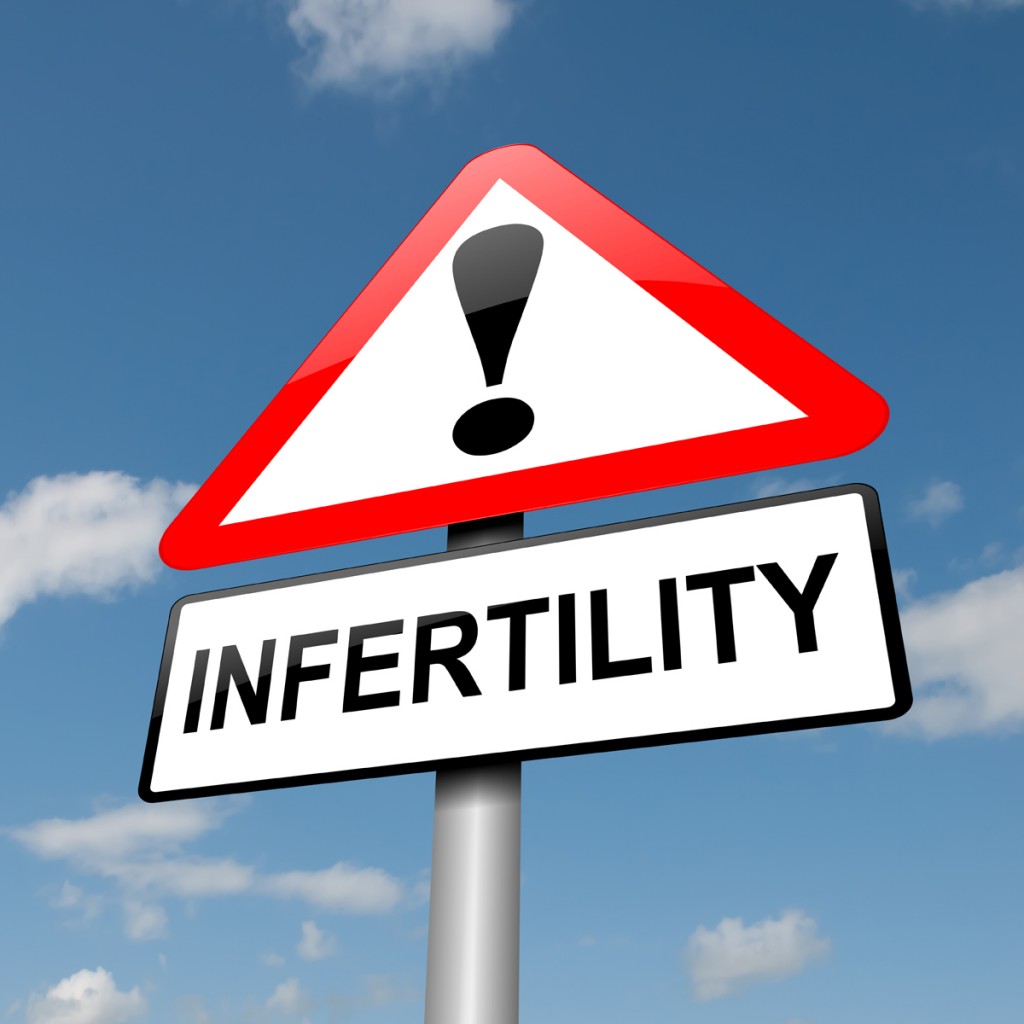[← article overview of the topic-series »Success Rate«]
Of course, patients often ask me about pregnancy rates achieved by our IVF centers. Quite often this question is linked with the notion that the pregnancy rate can provide precise forecasts on the successful outcome of fertility treatment. Actually, a uniform definition does not exist. It is therefore necessary to make a clear differentiation. In order to assess a couple’s chances for a successful treatment outcome, it is always crucial to consider their personal situation.
What exactly does this mean? Read more…






























